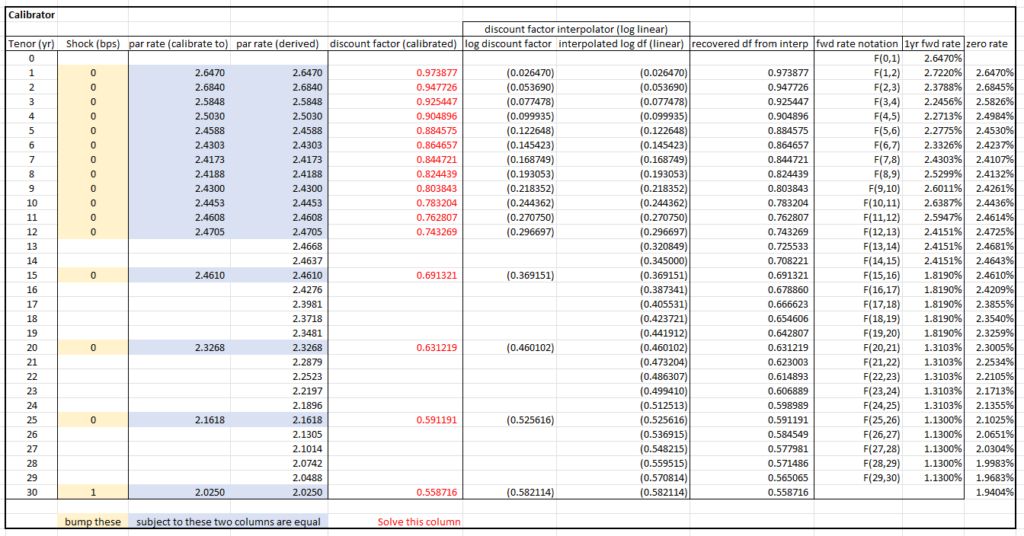EFP is shorthand for Exchange for Physical.
It refers to selling a futures contract and buying an OTC forward or physical metal.
Futures are usually physically settled, while forwards are typically cash settled. The term “Exchange for Physical” might sound misleading here, because by selling futures and buying forwards, you’re effectively exchanging a physically settled instrument for a cash-settled one. Shouldn’t it be called “Exchange for Cash” instead?
Not necessarily. EFP doesn’t refer to the trading venue. It’s a legacy term from the early days of metals trading, when physical metal dominated the market and futures were relatively new. So, when someone moved out of their physical metal inventory and into futures, the transaction was called an Exchange for Physical.
What does EFP short mean?
It means long future and short OTC forward or physical metal. It is the opposite of EFP.
What does negative EFP mean?
In the precious metals market, OTC forwards are traded through the LBMA (London Bullion Market Association), while futures are traded on COMEX (Commodity Exchange Inc., a division of the CME Group).
Under normal conditions, the futures price is higher than the forward price because futures require margin payments and exchange fees. This price difference can be seen as a liquidity premium, since exchange-traded contracts typically offer higher volume and greater liquidity.
A positive EFP means the normal market where future > forward.
A negative EFP means the opposite: future < forward.
In the case of precious metal, negative EFP means LMBA outperforming COMEX.
It is the opposite if you interpret it in a mathematical way. If EFP = forward – future, should EFP negative mean forward < future? No! “EFP negative/positive” is jargon in trading, don’t even think about math.


![Rendered by QuickLaTeX.com \[\small \begin{aligned} PV_{\mbox{payer}} =& \mathbb{E}_0^{\mathbb{Q}}\left[\left(V_{\mbox{float}}(\hat{T})-V_{\mbox{fixed}}(\hat{T})\right)^+P(0,\hat{T})\right] \\ =& \mathbb{E}_0^{\mathbb{Q}}\left[ \left(S_{\hat{T}}(\hat{T},\hat{T}+\Delta)A(\hat{T})-KA(\hat{T})\right)^+P(0,\hat{T})\right] \\ = & A(0) \mathbb{E}^{A}_{0} \left[\left(S_{\hat{T}}(\hat{T},\hat{T}+\Delta) - K\right)^+\right] \end{aligned}\]](https://sisitang0.com/wp-content/ql-cache/quicklatex.com-46b8968ad668b901d385cf47984bfdcb_l3.png)
![Rendered by QuickLaTeX.com \[\small \begin{aligned} & \mathbb{E}^{A}_{0} \left[\left(S_{\hat{T}} - K\right)^+\right] \\ = & \int_{K}^{+\infty} (x-K) \frac{1}{\sigma \sqrt{2\pi\hat{T}}} e^{-\frac{(x-S_0)^2}{2\sigma^2\hat{T}}} \textrm{d} x \\ = & \sigma \sqrt{\hat{T}} \cdot \varphi (d_1) + (S_0 - K) \cdot \Phi(d_1) \end{aligned} ,\]](https://sisitang0.com/wp-content/ql-cache/quicklatex.com-eb1476fe039617fd4d4d8a91e72ba15f_l3.png)
